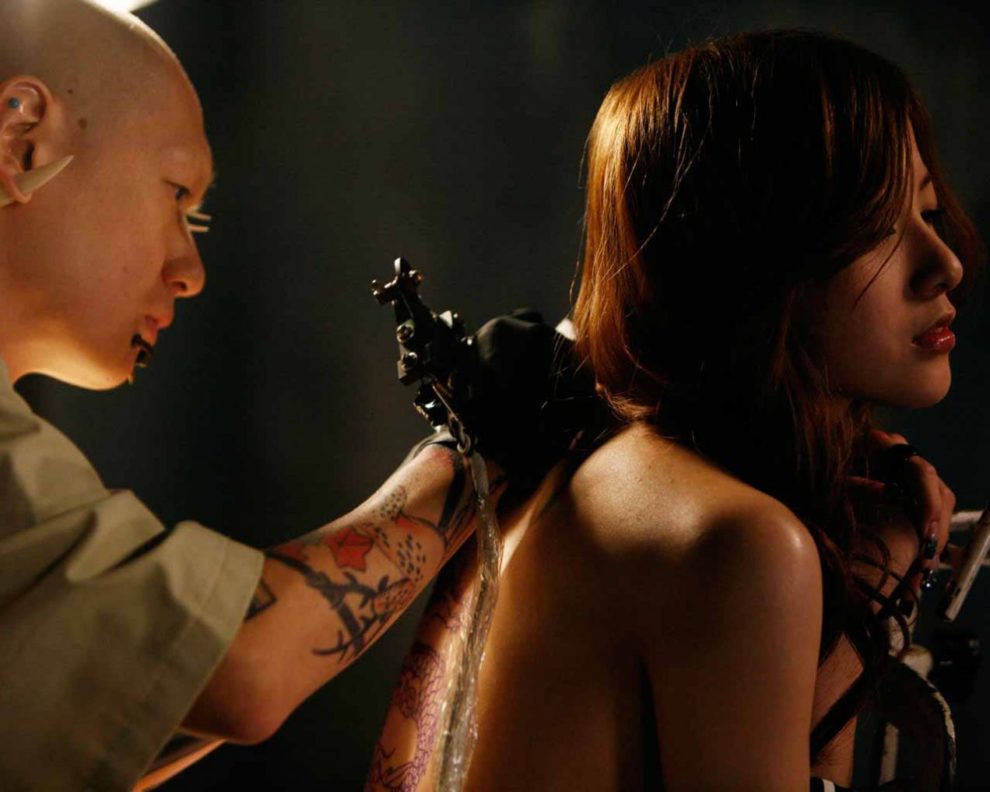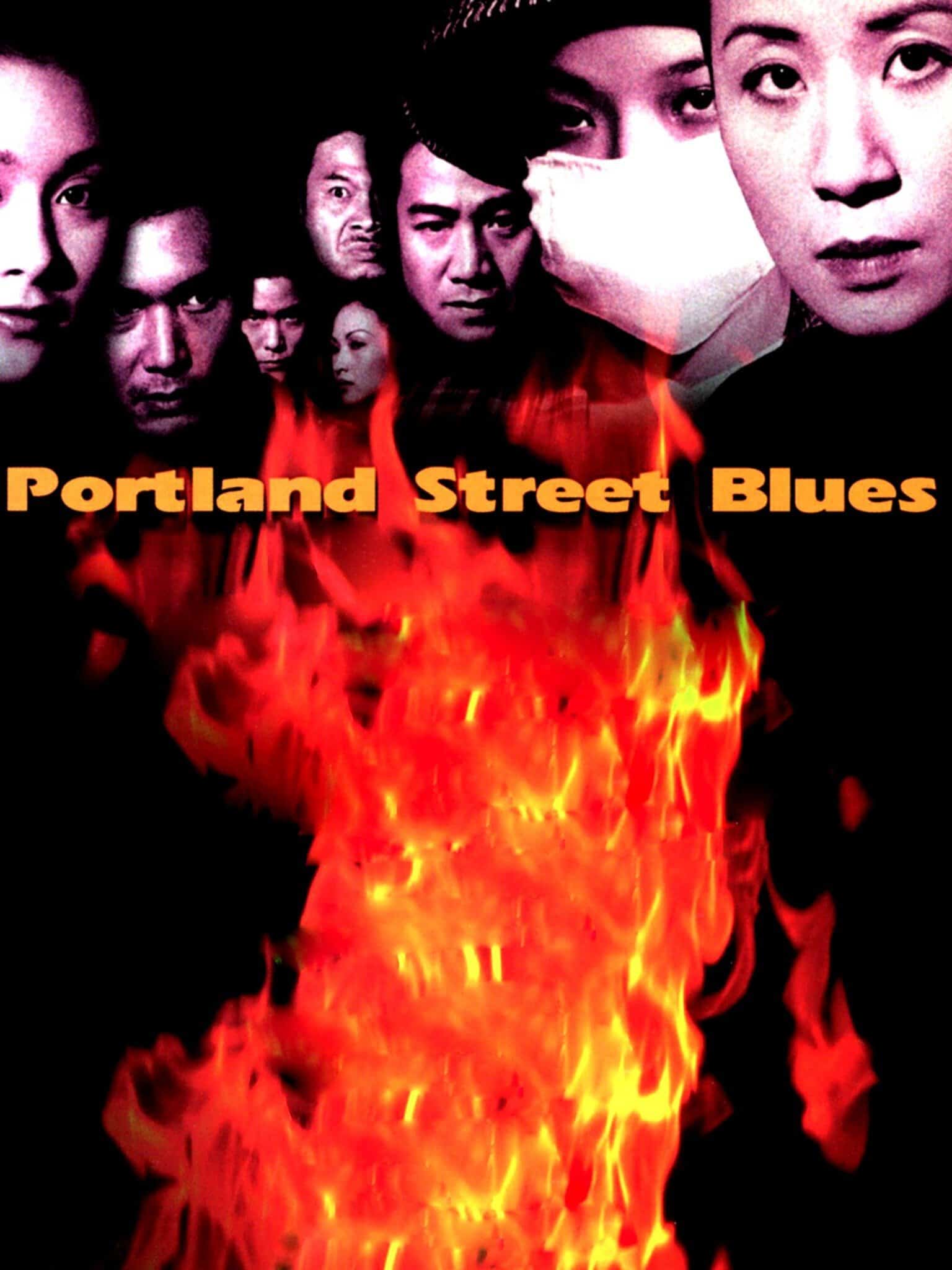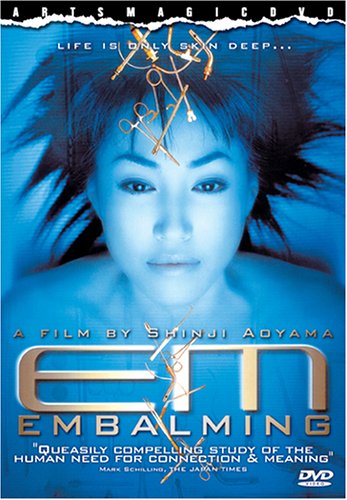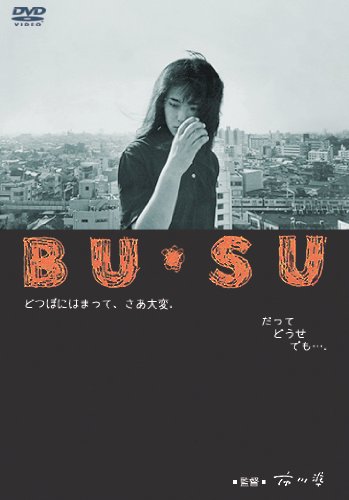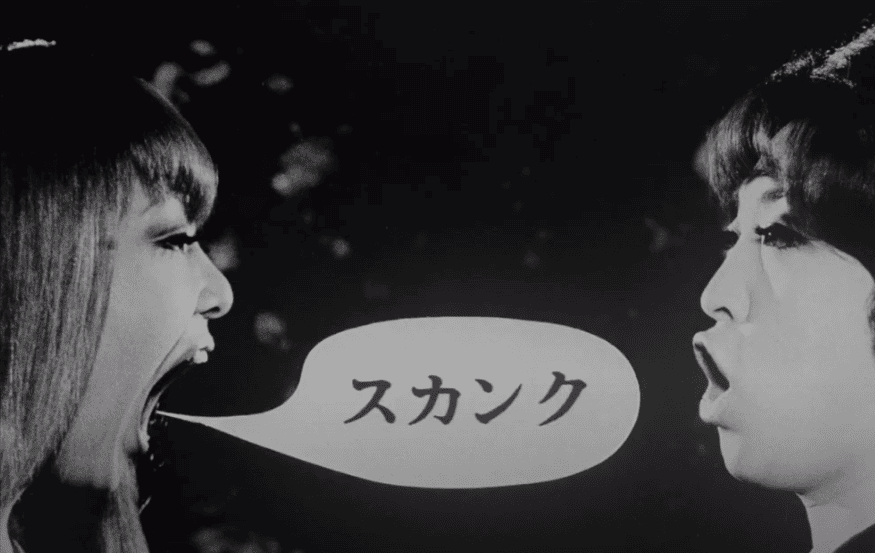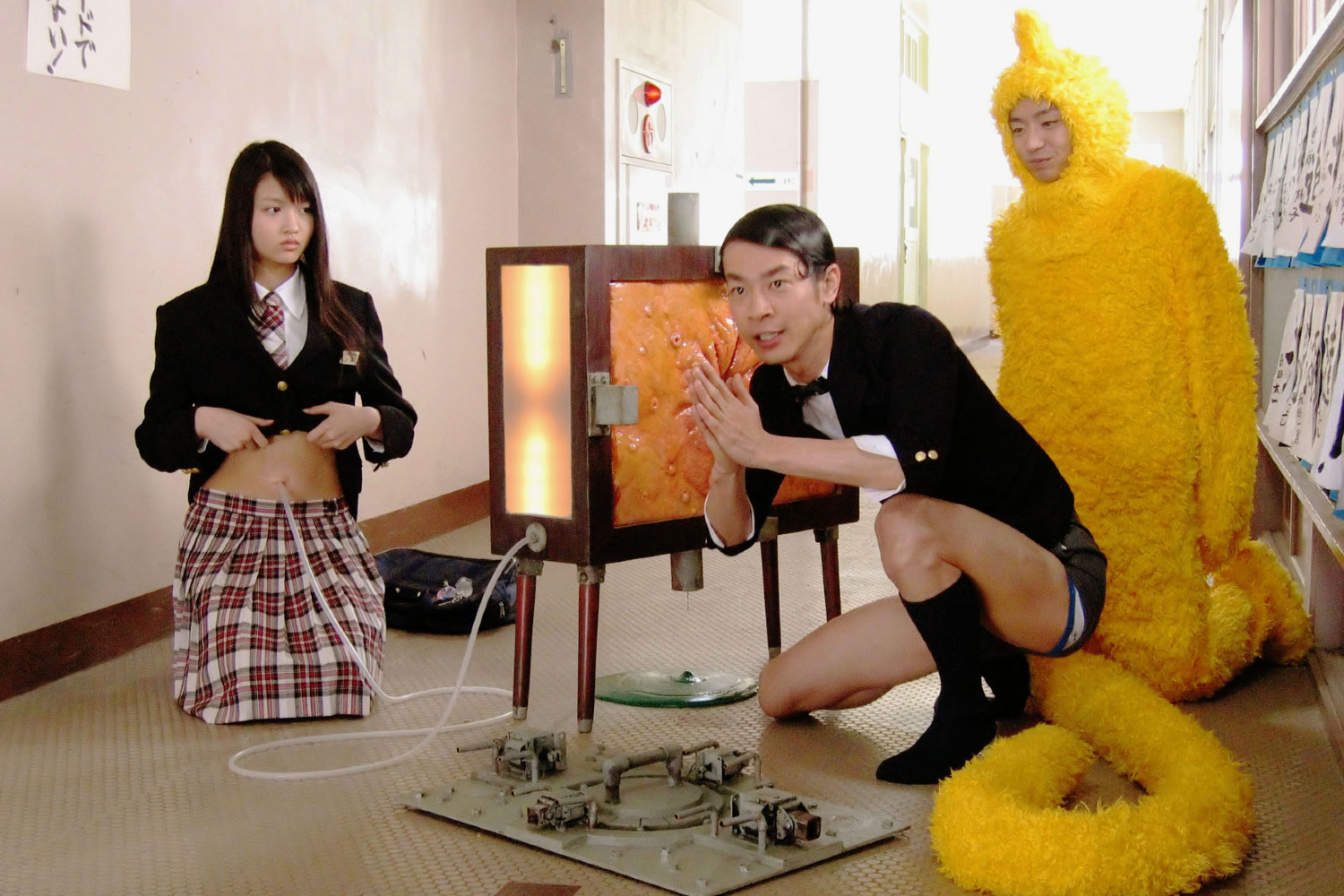Despite the efforts of festivals around the world, releasing and distribution companies, and streaming channels, which have gotten rather more intense during the last few years, the majority of titles produced in Japan, S. Korea and Hong Kong, which number hundreds every year (Hong Kong not now, but definitely in the past) remain unknown, particularly to the Western audience. As such, we decided to focus on this type of films exactly for our April-May tribute. And to be totally sincere, not all will be great just definitely worth watching. Here is the first batch
1. Three Resurrected Drunkards (1969) by Nagisa Oshima (Japan)

“Three Resurrected Drunkards” is an excellent sample of the cinematic tendencies of both Oshima and a whole group that tried to renovate cinema during the end of the 60s and the 70s, by combining new cinematic approaches with pointed sociopolitical commentary. The result definitely demands some knowledge of the climate of the era and the overall mentality of the Japanese towards foreigners, but the issues of discrimination and racism echo universally, making the film relevant to this day.
Buy This Title
on Amazon by clicking on the image below
2. Shamo (2007) by Soi Cheang (Hong Kong)
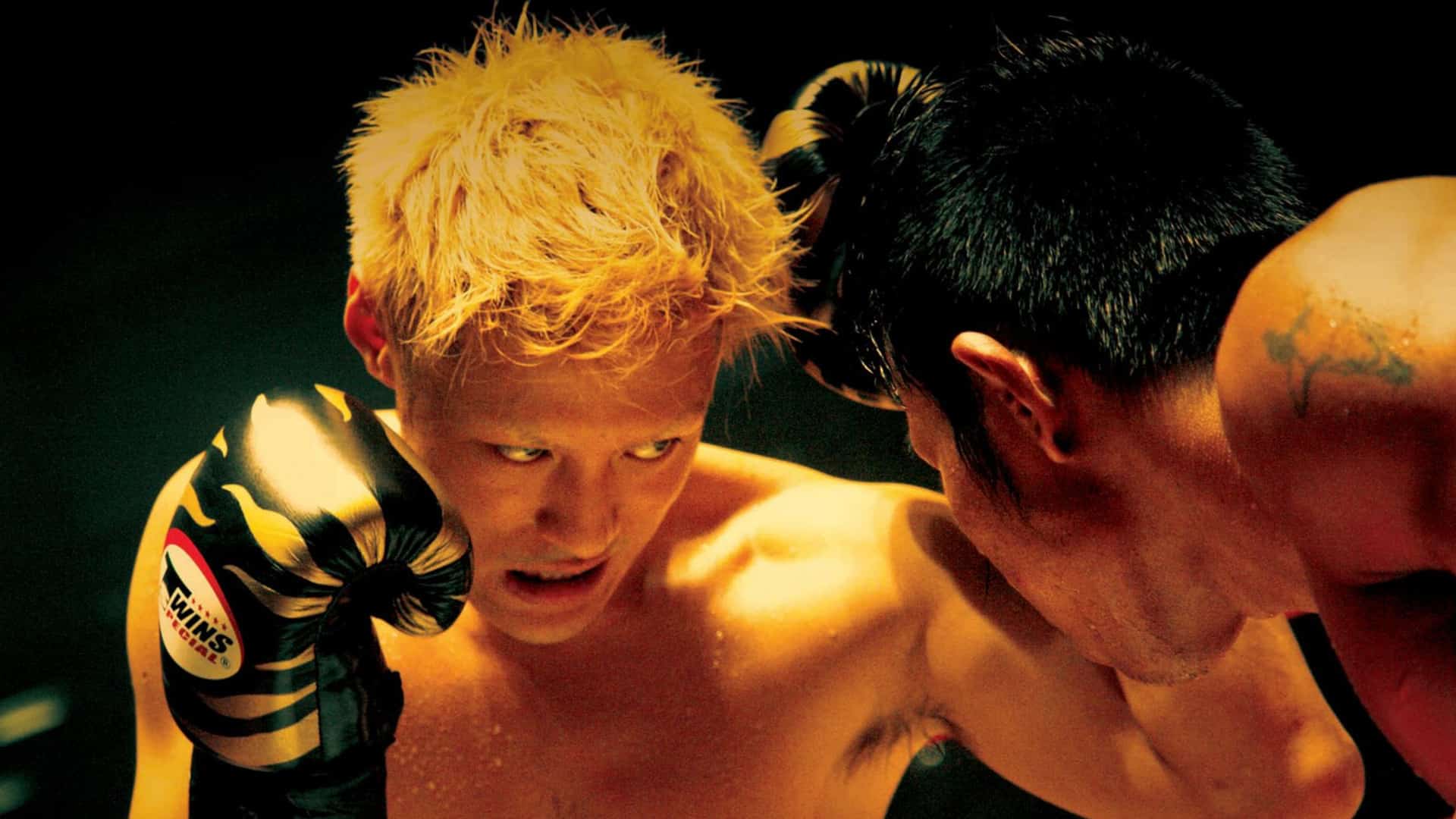
It is easy to say that nothing makes sense here, even for an HK action movie, with the way the story moves forward and the characters are introduced and presented through the narrative being faulty and nonsensical to say the least. The pacing follows suit, while if anyone ever dares to ask why and when at any given time, they will probably end up with no answers at all. Evidently, transferring manga and anime to the big screen was never easy, even more so back in 2007 when the technological advancement, particularly in SFX, had not reached the level it has today, but that is no excuse for a movie whose narrative does not work even for a minute. Just watch the ending of the fight with the Thai fighter, the way Natsumi's character is presented in the end, and the whole arc of Kenji and you'll realize what I am talking about.
Buy This Title
on Amazon by clicking on the image below
3. The Deserted Archipelago (1969) by Katsu Kanai (Japan)
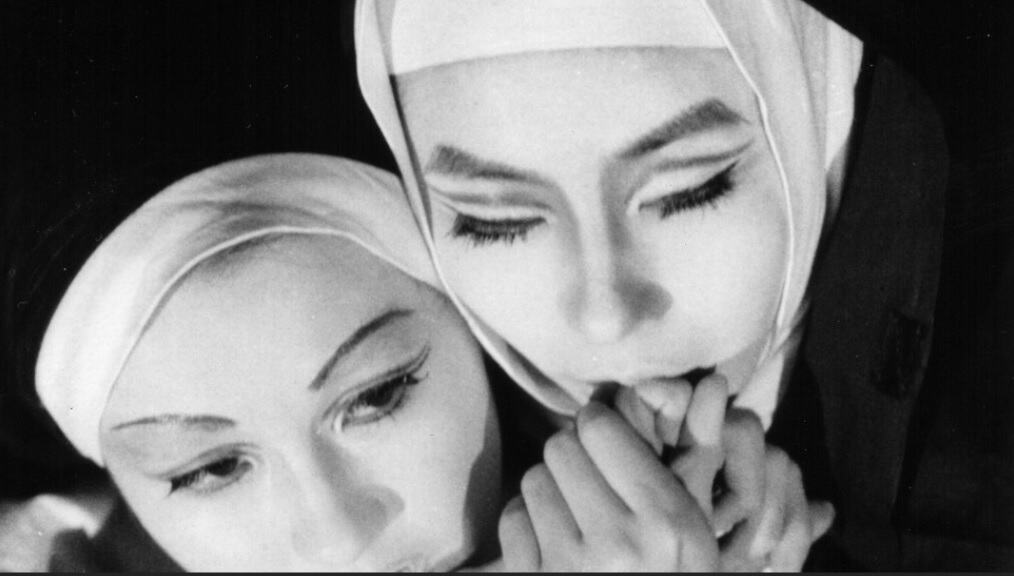
Evidently, “The Deserted Archipelago” is not a film for everyone, since its exploitation elements, the experimental approach to its comments and its connection with the then topicality makes it rather difficult to watch, even more so today. At the same time, though, it is a truly original film that highlights the heights of creativity Japanese cinema reached during the 60s and the 70s, and thus definitely worth checking out.
4. A True Story of the Private Ginza Police (1973) by Junya Sato (Japan)
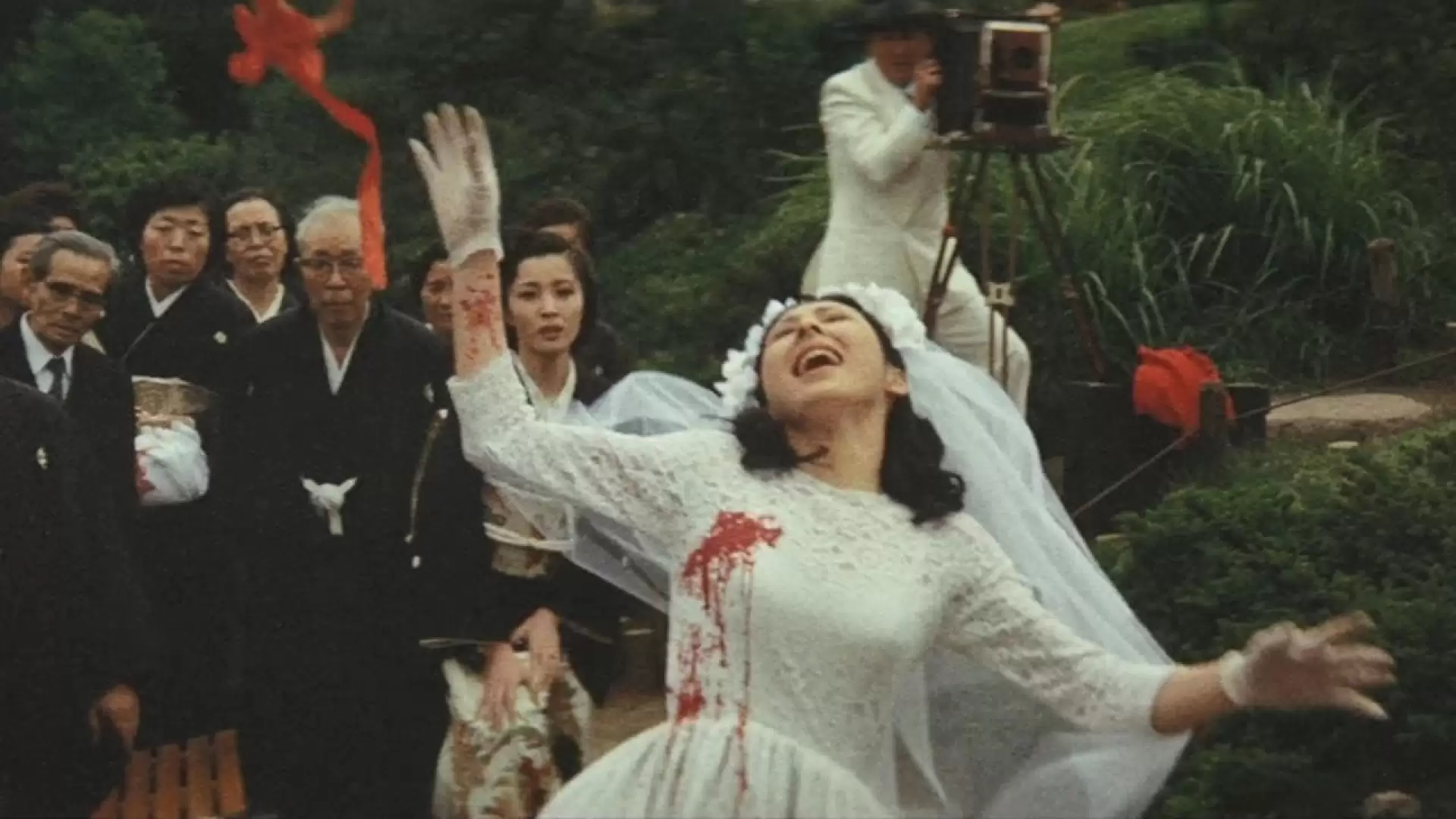
Apart from context though, the movie thrives on its directorial approach, with Junya Sato creating a spectacle of frenetic energy, with the action, the violence, the nudity and the gore splashing on the screen non-stop, from the beginning until the end of the 94 minutes of its duration. One can only admire how much the actors, both protagonists and supernumeraries, are running around beating and killing each other, with their speed essentially dictating the pace of the movie. In that fashion, the whole kinetic energy is also dictated by the excellent editing by Yoshiki Nagasawa, whose cuts set up a tone to match the action and the events in the most fitting fashion. The same could be said about the frantic jazz score by Masanobu Higurashi, but the result is actually annoying on occasion, considering its volume and the fact that it is rather monotonous.
Buy This Title
on Amazon by clicking on the image below
5. Moonlight Express (1999) by Daniel Lee (Hong Kong)
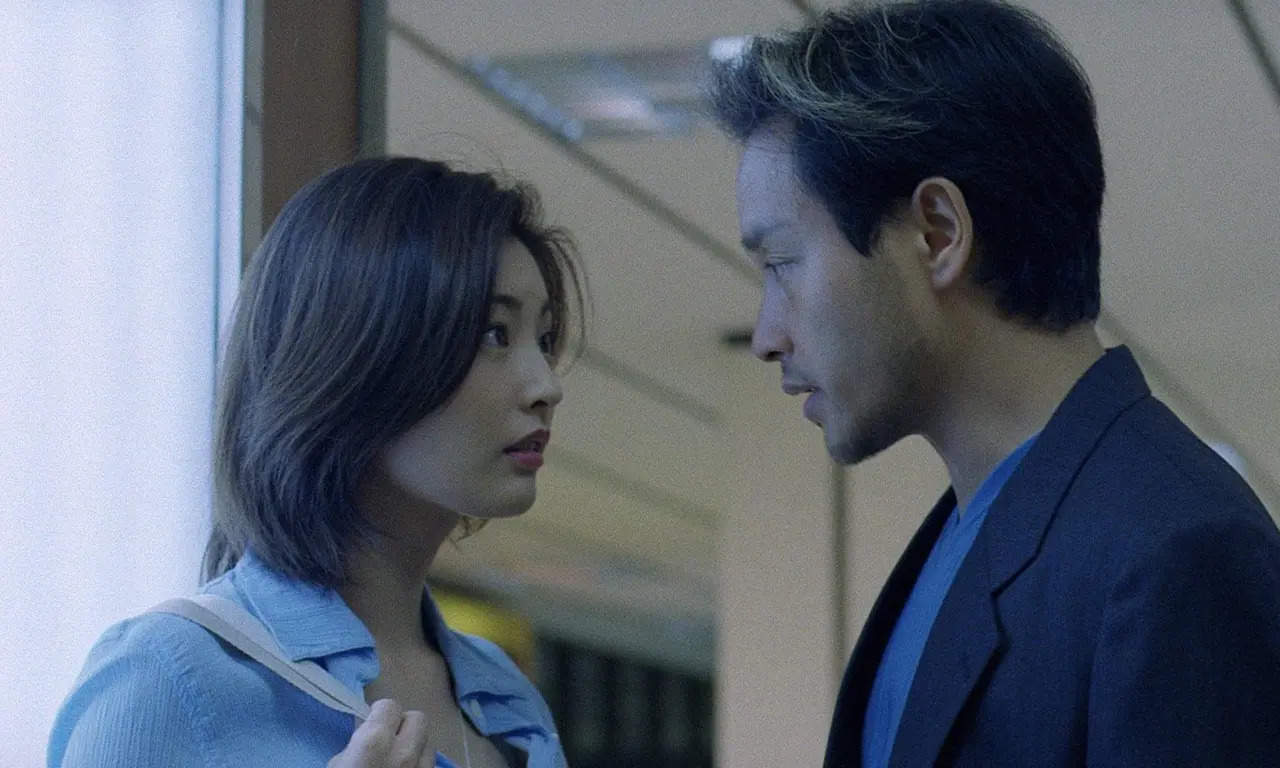
“Moonlight Express” has at least as much faults as it has traits, but definitely deserves a watch for Leslie Cheung's presence (who looks better than ever), the overall cast and as a sample of an early effort at inter-Asian co-productions.
6. Snakes and Earrings (2008) by Yukio Ninagawa (Japan)
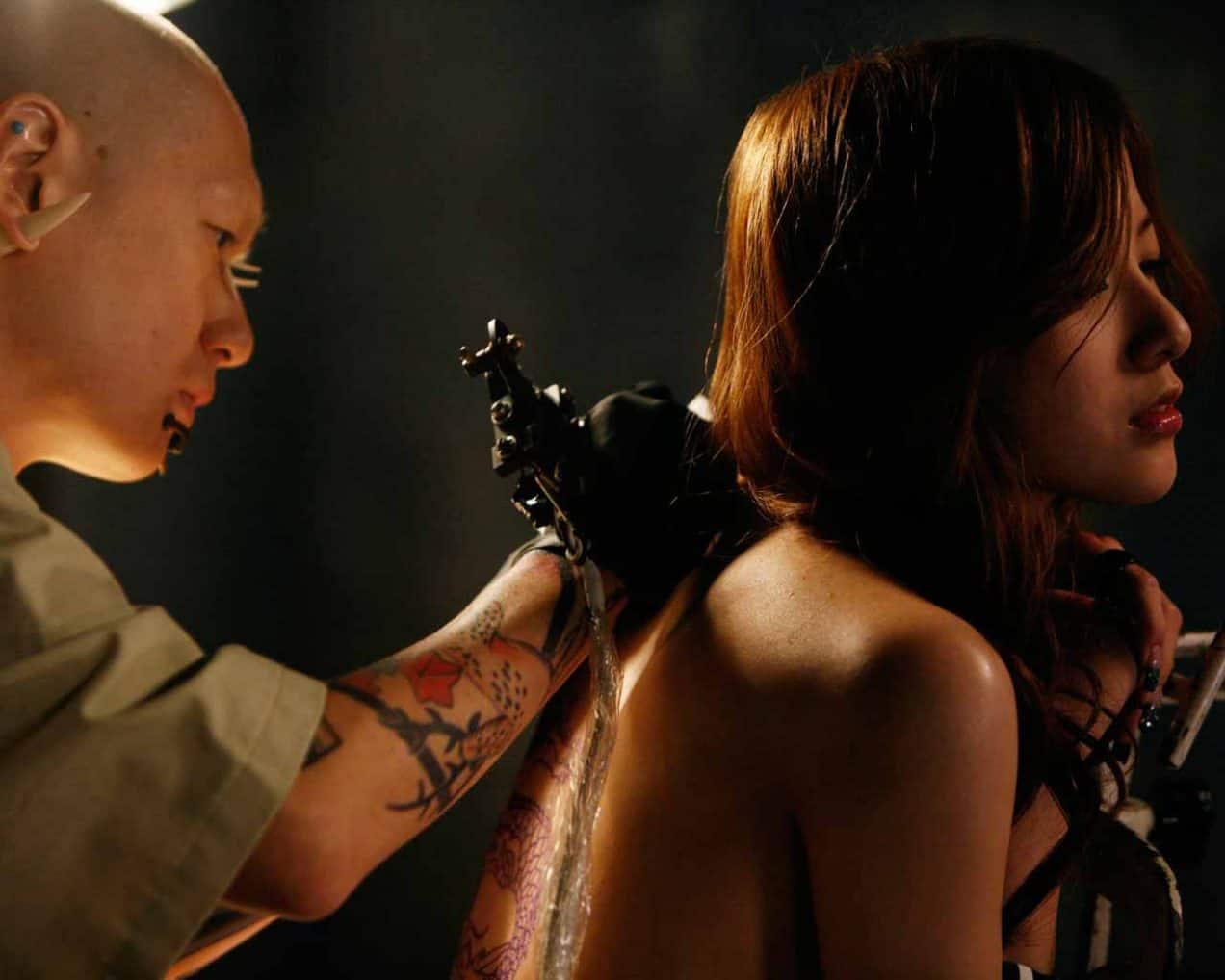
Despite some issues here and there, the combination of the presentation of the “underground” Japanese culture, the analysis of the characters, the sex and the violence, and the overall audiovisual “package” of “Snakes and Earrings” deem it an excellent film, one that is bound to be attributed the title of cult, when it will be rediscovered in a couple of years.
Buy This Title
by clicking on the image below
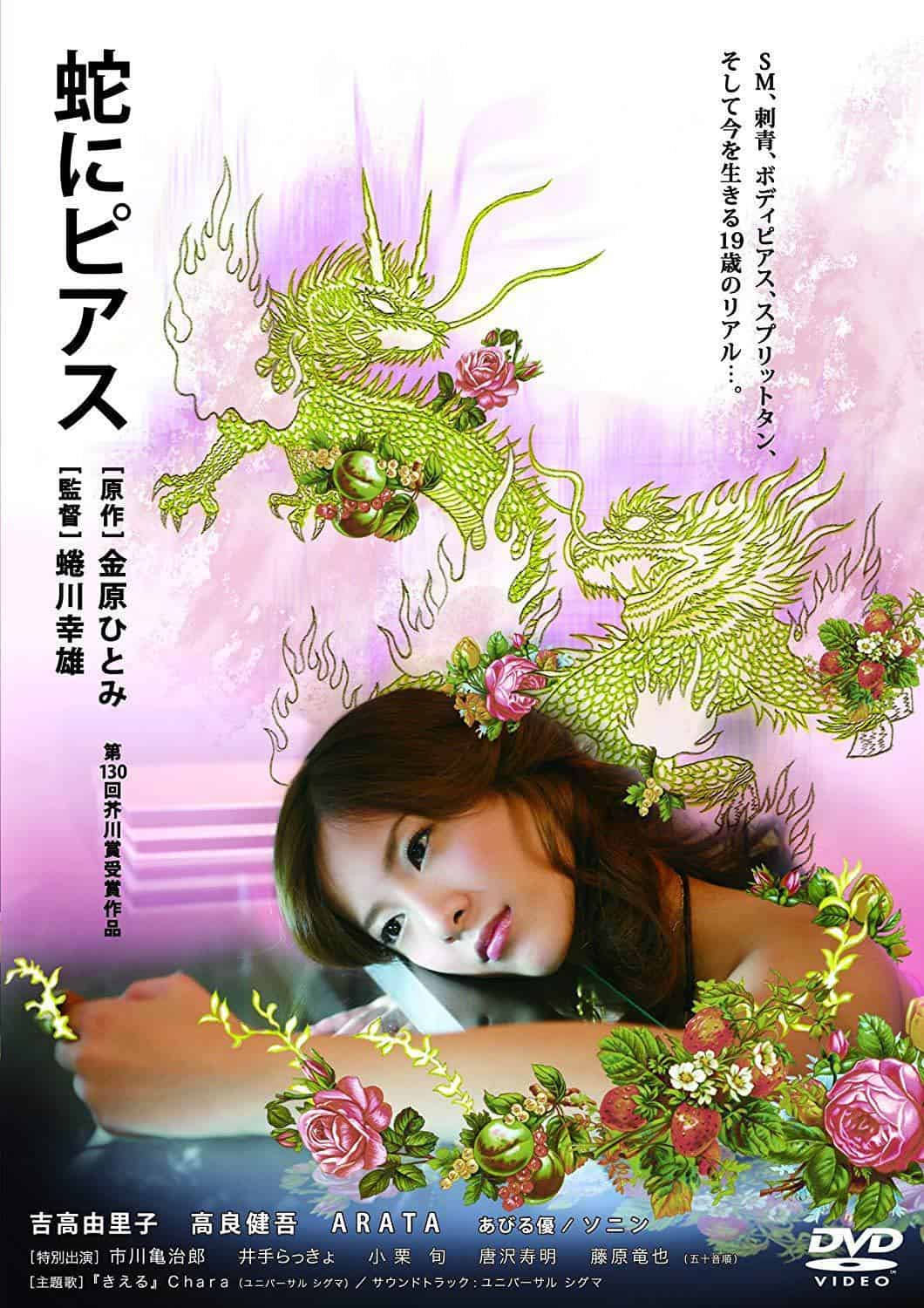
7. Portland Street Blues (1998) by Raymond Yip (Hong Kong)

On another note, the feminist aspect is quite prevalent, with Yip presenting all the male characters as sex-crazed, corrupt, disgraceful, addicted and treacherous on occasion, with some of them actually encompassing all the aforementioned together. SOB and James especially are rather appalling individuals, with the former's treatment of 13's father and the latter's of Scarface bordering on the diabolical. The rest of them are not much better, with Yip presenting very few of them as good. The fact that all women seem to suffer in their hands also moves into the same path, as much as their fate, with this aspect additionally making Sister 13's feat of heroic proportions.
Buy This Title
on Amazon by clicking on the image below
8. Embalming (1999) by Shinji Aoyama (Japan)
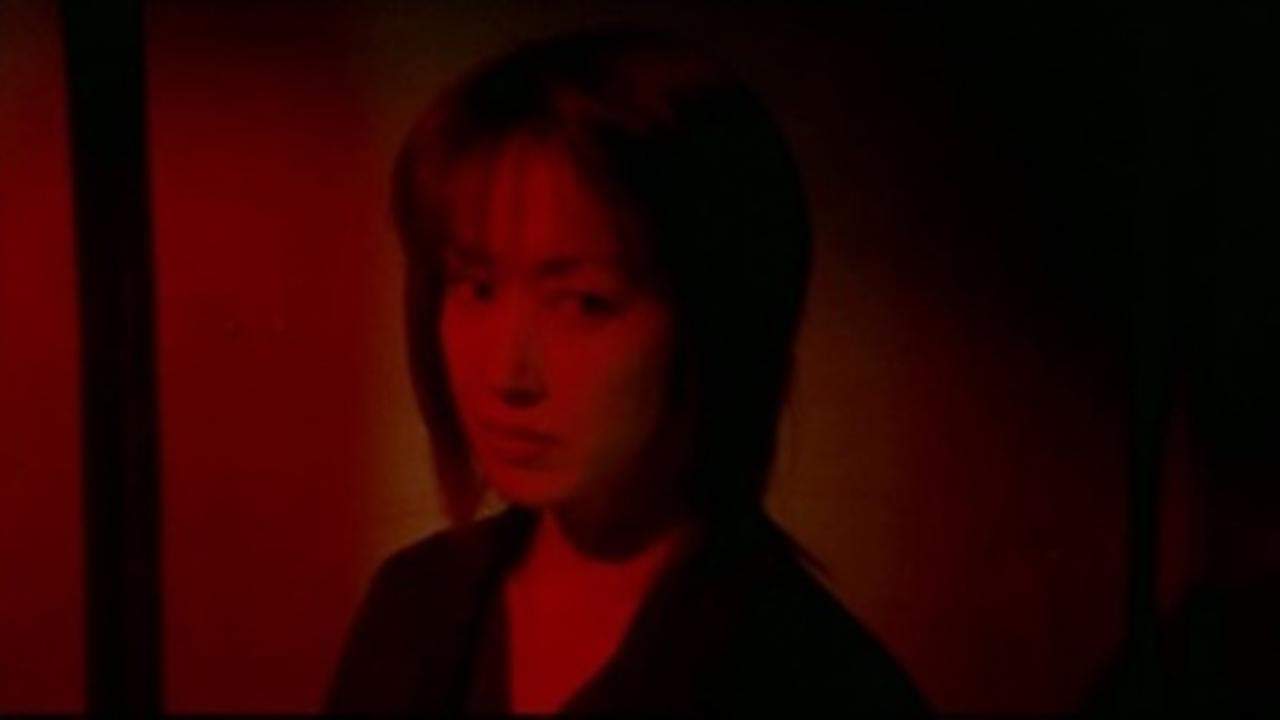
Another point of appeal here is the casting and occasionally, the acting. Seijun Suzuki as Kurume, an older associate of Miyako adds an element of cult by himself in the movie, with his demeanor moving somewhere between the wisdom and the senility. Reiko Takashima as Miyako plays the ‘soap opera star' who happens to be an embalmer with gusto, while Yutaka Matsushige as Hiraoka functions as a character straight from a noir film, appearing cool at all times. The one who steals the show though is definitely Toshio Shiba as Dr Fuji, with his calm and detached demeanor even during the most shocking events being captivating to watch, while his lengthy discussions with Miyako, that also reveal the reasons he came to be this way, among the most appealing parts of the movie, at least contextually.
Buy This Title
on Amazon by clicking on the image below
9. Bu Su (1987) by Jun Ichikawa (Japan)
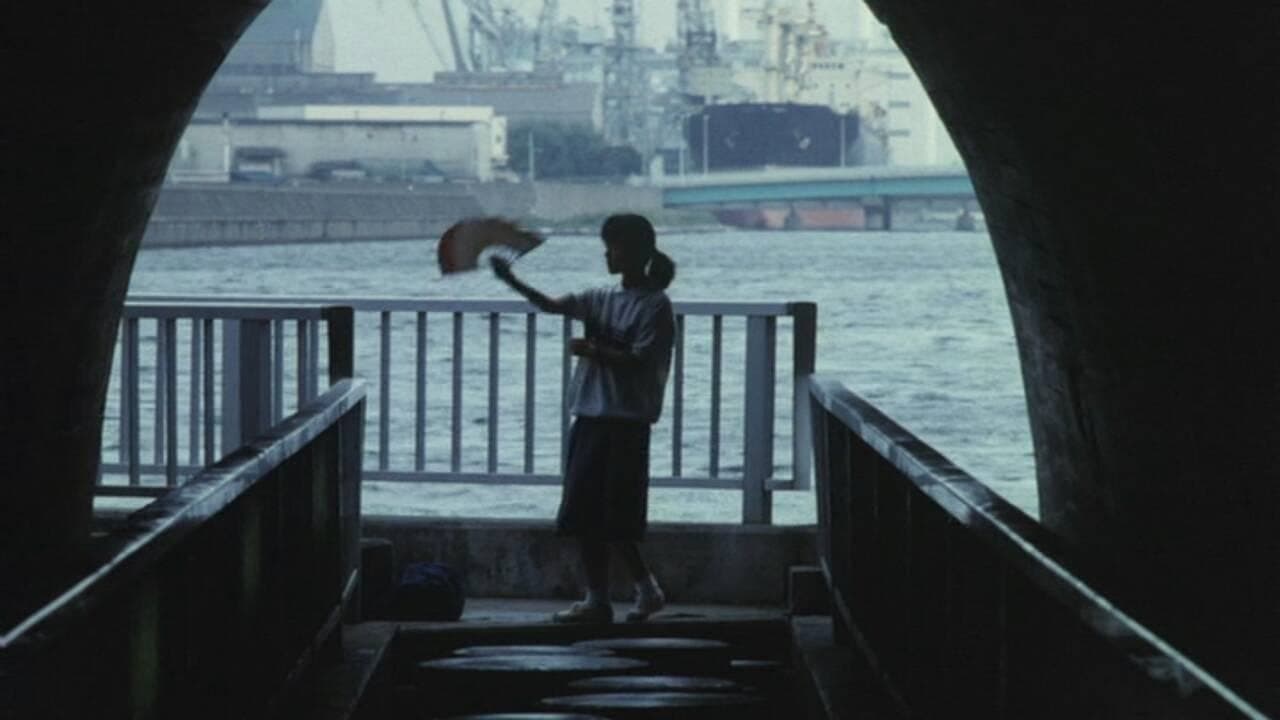
Jun Ichikawa does a number of interesting things with his narrative. To begin with, he presents a glimpse into the world of the Geisha in a modern setting, highlighting both the way the houses and the particular workers still survive and how the whole concept is in decline. At the same time, the intense hierarchy and the fact that the client is the boss, and that the client is always a man does result in a series of comments regarding the Japanese society that echo intensely to this day. The critique extends to the school environment, with the bullying and the lack of guidance that have resulted in an overall apathy from the students, being quite evident. The way that the institution offers no guidance is quite obvious also, as is the fact that the youths that star in the story receive none from their parents either, who shine here through their absence.
Buy This Title
by clicking on the image below
10. Timeless Bottomless Bad Movie (1997) by Jang Sun-woo
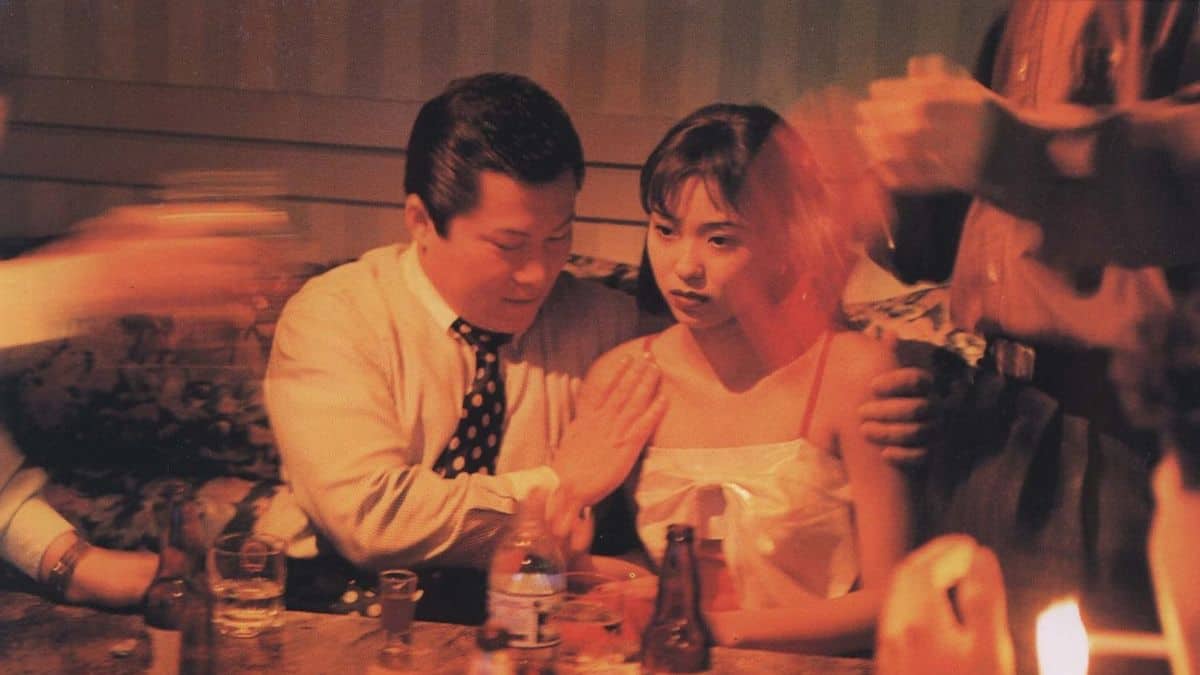
“Bad Movie” does not betray its underlying values; it is what one imagines when thinking of a “bad” movie. The film was shot on 35mm and 16mm film, employing a semi-documentary style that is incredibly intricate to follow. Jang Sun-Woo's camera becomes a frenetic force, ceaselessly moving through the city of Seoul, much like its youthful inhabitants. The abrupt changes in locations, characters, and style immerse the viewer in the suburban chaos of the metropolis, akin to finding oneself at a hectic street intersection, on the verge of being almost struck by a car.


